Speak to one of our experts now about this offer
Call our Africa experts on0800 294 9706
Available until 5pm
Created by the collapse of a volcano over two million years ago, the extraordinary volcanic landscape of Ngorongoro is rich and fertile – and home to the densest concentration of wildlife in Africa.
Descend 600 metres into the Ngorongoro Crater, an ancient amphitheatre home to one of Africa’s largest wildlife concentrations. In this gigantic cauldron, created by a volcanic collapse nearly three million years ago, over 30,000 animals roam. If you’re short on time, there’s no better place in Tanzania for guaranteed animal sightings. Within the steep walls of this UNESCO World Heritage Site, big cats and spotted hyenas hunt herbivores in the grasslands, giant-tusked elephants patrol the forests and salmon-hued flamingos flock to the algae-laced waters of Lake Magadi. Most coveted are the sightings of endangered black rhinos, who thrive in this fertile volcanic basin.
The crater is part of the larger Ngorongoro Conservation area where tented camps, farmhouse coffee plantations and hilltop lodges litter the landscape, even tottering directly on the crater rim. Here, your days are spent enjoying crater floor game drives and picnics overlooking waterholes that attract over 500 rainbow bird species. Ngorongoro is also the land of the Maasai and lesser-known Iraqw and Datoga people, who, in centuries-old tradition, continue to graze their cattle on the lush plains fed by Ngorongoro’s permanent springs, rivers and hippo-inhabited swamps. Look out for their bomas, clusters of circular mud huts, as you traverse Ngorongoro’s wild, volcanic terrain.
Explore one of the Seven Natural Wonders of Africa with help from our Africa experts, who know all the best Ngorongoro Crater lodges and can arrange game drives with local guides.
Ngorongoro Crater Hotels
Our recommendations for the best places to stay in Ngorongoro Crater
Holidays in Ngorongoro Crater
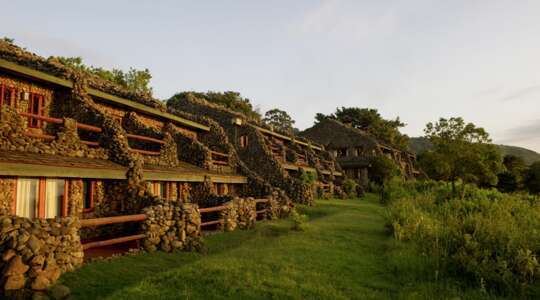
- Ngorongoro Crater
- 3.5 Star
This stone lodge emerges from the hillside on the rim of the breathtaking Ngorongoro Crater.
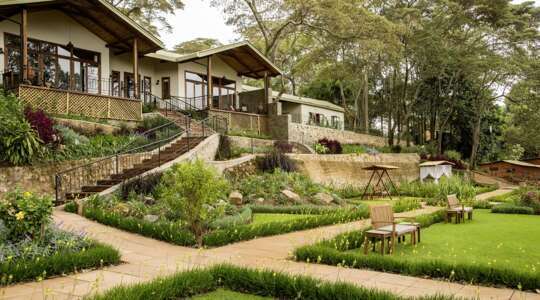
- Ngorongoro Crater
- 5 Star
Tucked away in the rolling Ngorongoro Highlands, this homely guesthouse is a peaceful retreat.
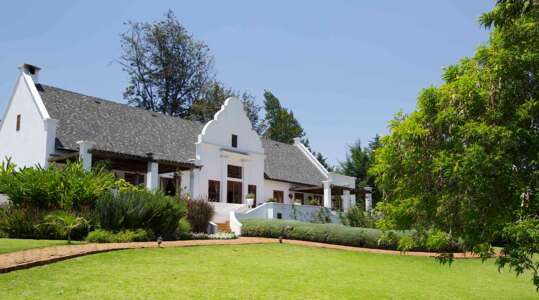
- Ngorongoro Crater
- 5 Star
Set within a 1500-acre Arabica coffee estate, this elegant stately home brings old-world opulence to the Ngorongoro Highlands.
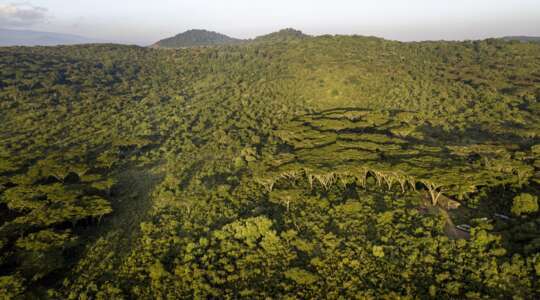
- Ngorongoro Crater
- 4 Star
Classic safari tents, an incredible Ngorongoro Crater setting and time spent with local tribes makes for a winning experience in Africa’s Garden of Eden
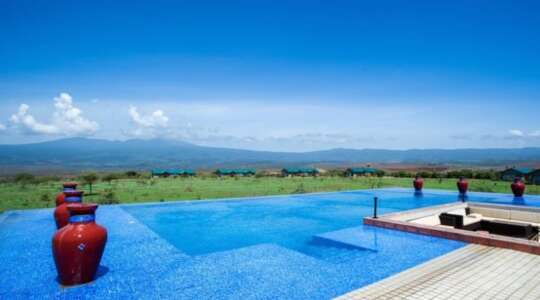
- Ngorongoro Crater
- 4 Star
Explore craters, lakes and gorges from this luxury lodge overlooking Oldeani Mountain.
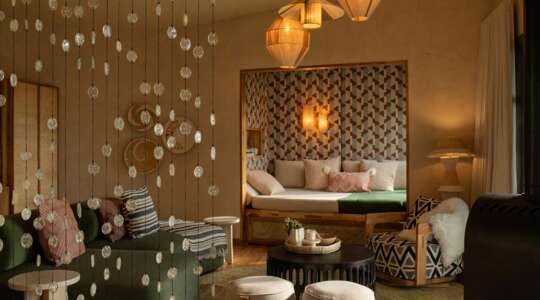
- Ngorongoro Crater
- 5 Star
Named after the Osonjoi trees that are found in the surrounding area, this latest addition to the Lemala portfolio has a prime location perched 8,000 feet overlooking the Ngorongoro Crater.
You may also like
See the epic scenery, plains wildlife and predators on an Ngorogoro safari
Ngorongoro Crater safaris are one of a kind; this cradle of wildlife is a must see on a visit thanks to the many animal species that call it home and the unique landscapes that encircle you. All of our Tanzania trips feature a visit to the crater, including the small group safaris. These are sociable itineraries that you’ll share with other travellers, but with a maximum of just six people per vehicle you’ll still have a wonderfully intimate experience and a guaranteed window seat. Our Ngorongoro 4x4 and Fly-in safaris are an alternative to group safaris. If you choose to travel overland, you’ll have the chance to watch life on the roadside during the journey while if you go for a fly-in adventure, you’ll have more time in destination to see wildlife and make the most of your lodge’s facilities and epic setting. Another option is to tailor make your own independent safari, choosing the accommodation and means of travel that suits you.
Our recommended Ngorongoro Crater safaris
Dine in style on the Ngorongoro Crater floor
Enjoy a special bush lunch right on the Ngorongoro Crater floor, surrounded by wildlife. Ngorongoro Tented Camp is just a 15-minute drive from the crater, so you’re usually the first ones there around 6.30am, ready to explore the heritage site’s diverse mix of lakes, forests and plains which are home to a large concentration of wildlife. Before lunch, you'll spend a few hours looking for members of the Big Five, migratory birds and grazing game, not to mention endangered rhinos who thrive on the crater floor.
As you drive into the private picnic spot, you will smell the barbecue cooking. You'll be amazed to see a bar and tables set up for the feast. There’s a range of freshly-cooked hot meat as well as salads and sides to enjoy. As you eat, you’re surrounded by beautiful scenery; swamps where hippos wallow and acacia trees are filled with birds and monkeys.
Spa Day at Elewana The Manor at Ngorongoro
Treat yourself to an indulgent spa day at Elewana The Manor Ngorongoro. Nestled within the Shangri La Coffee plantation and surrounded by hills, the stately home is the ideal place to enjoy a rest day on your Tanzania trip.
Start with a dip in the pool and then head to the spa, where there is a peaceful treatment room. The skilled therapists offer a range of massages with various oils, tailored to your personal needs, as well as manicures, pedicures and facials with Healing Earth products.
The High Tea experience is the perfect way to follow your spa session. A charcuterie served with a selection of cured meats, cheese, pickles and preserves, as well as fresh fruit, artisan breads and two sweet options. The focus is on healthy options, moving away from gluten and starch, served with plenty of fresh coffee from the estate. You can enjoy the High Tea in the lounge, dining room or out in the gardens, where you can admire views of the rolling green hills.

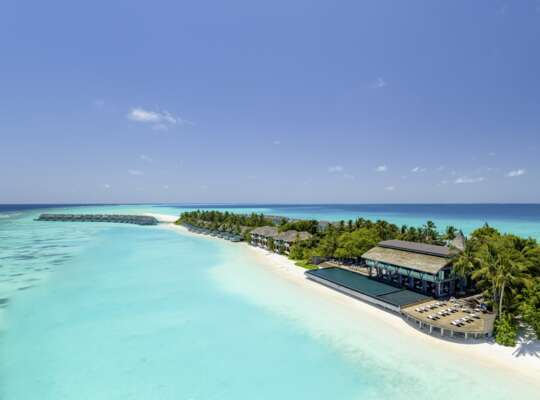
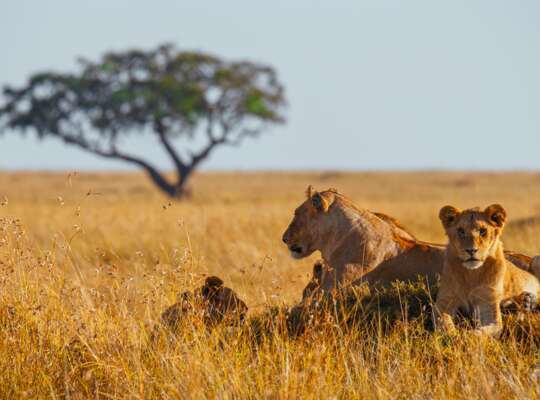
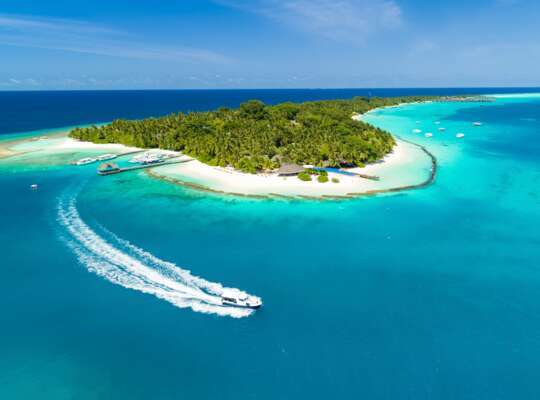
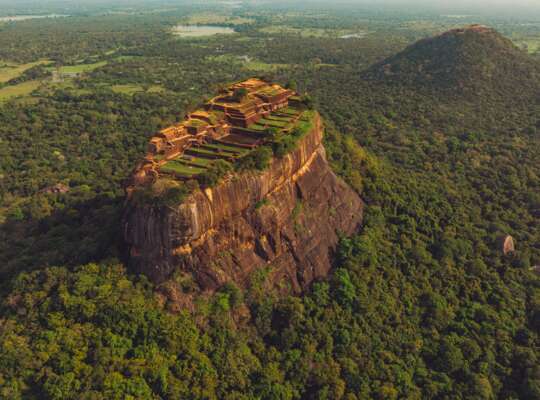
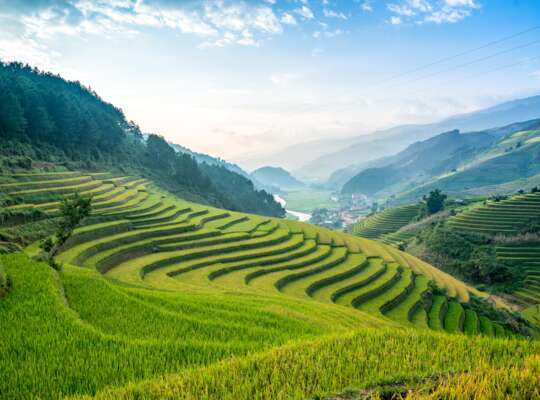
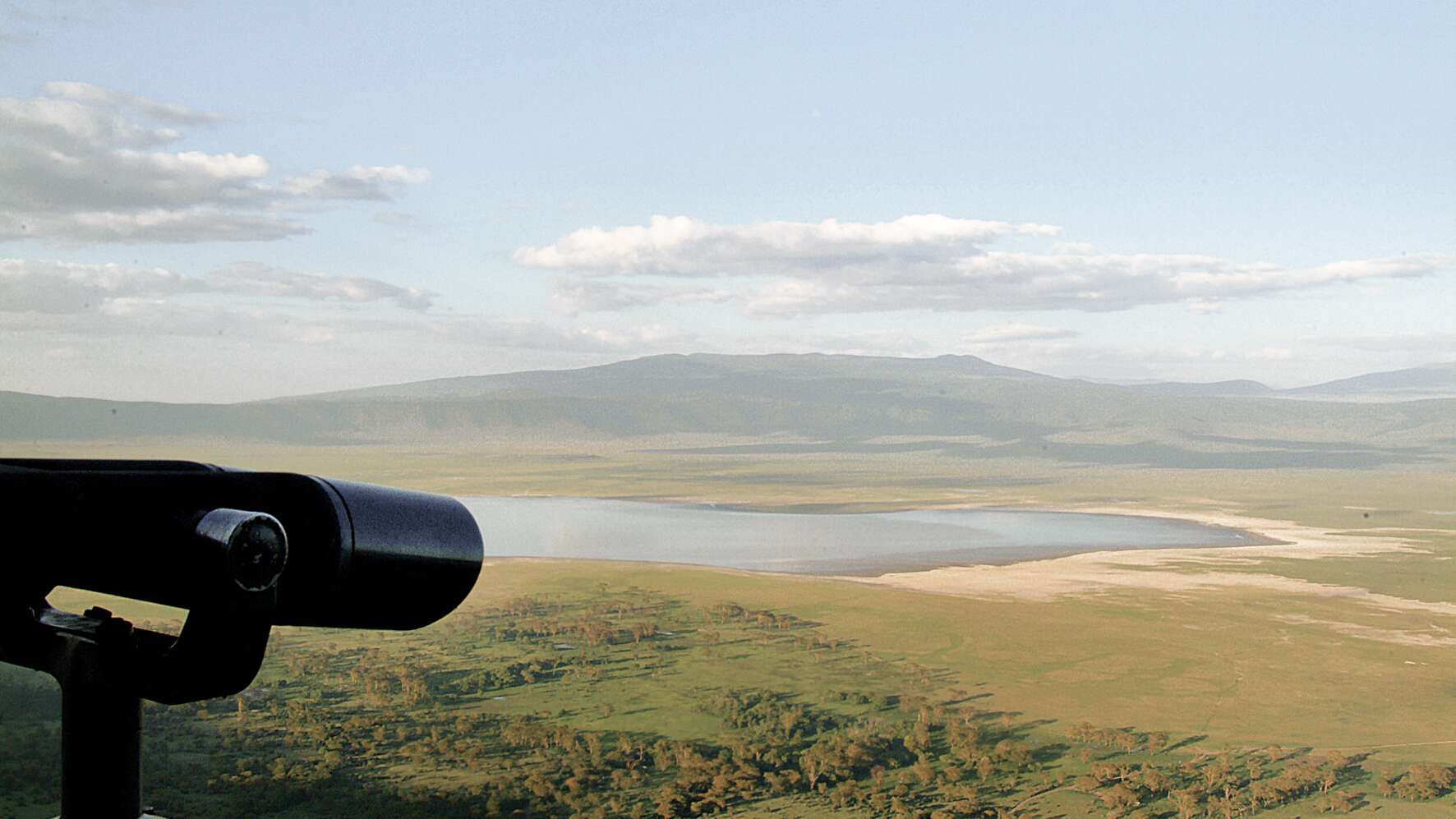
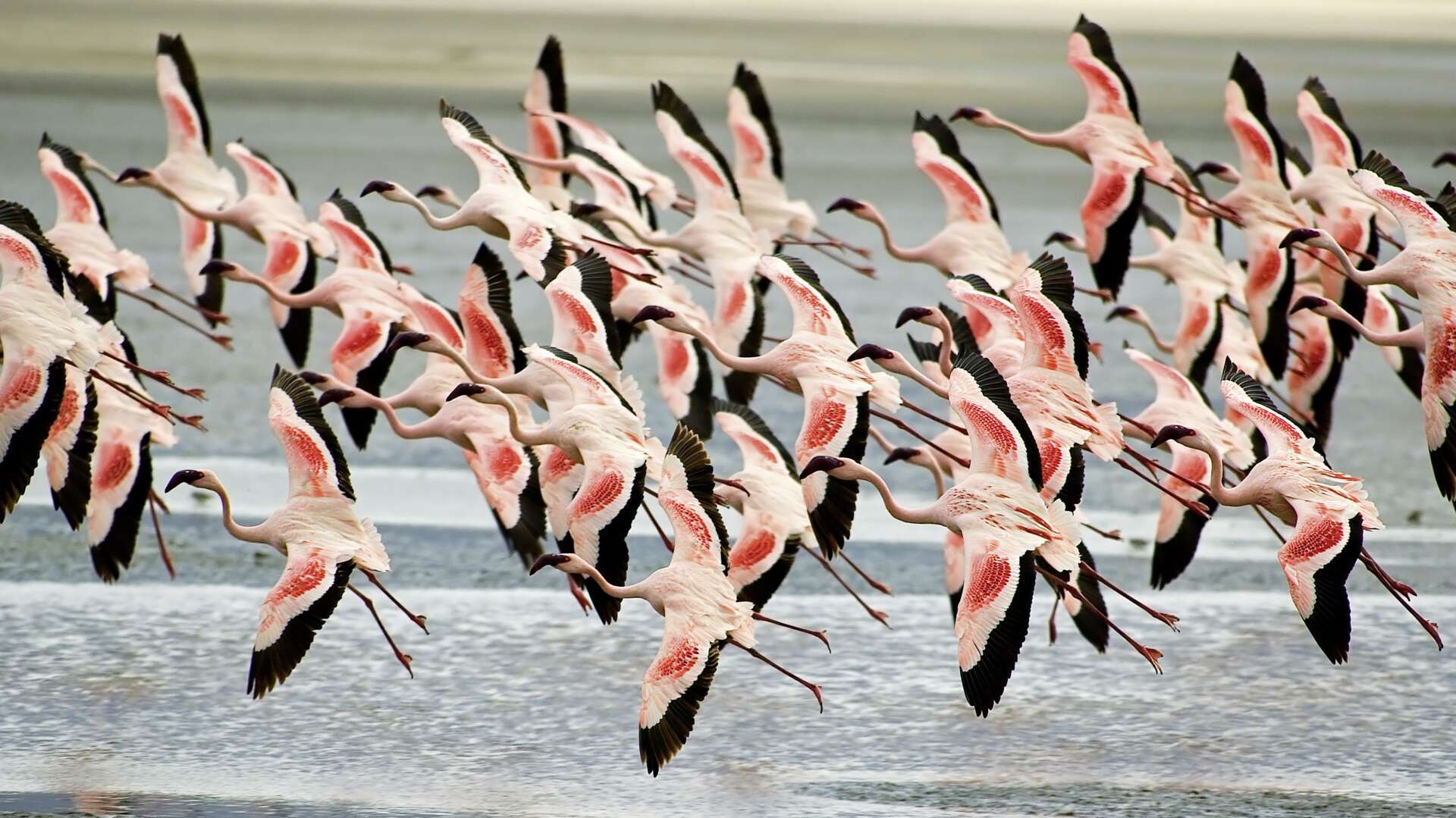
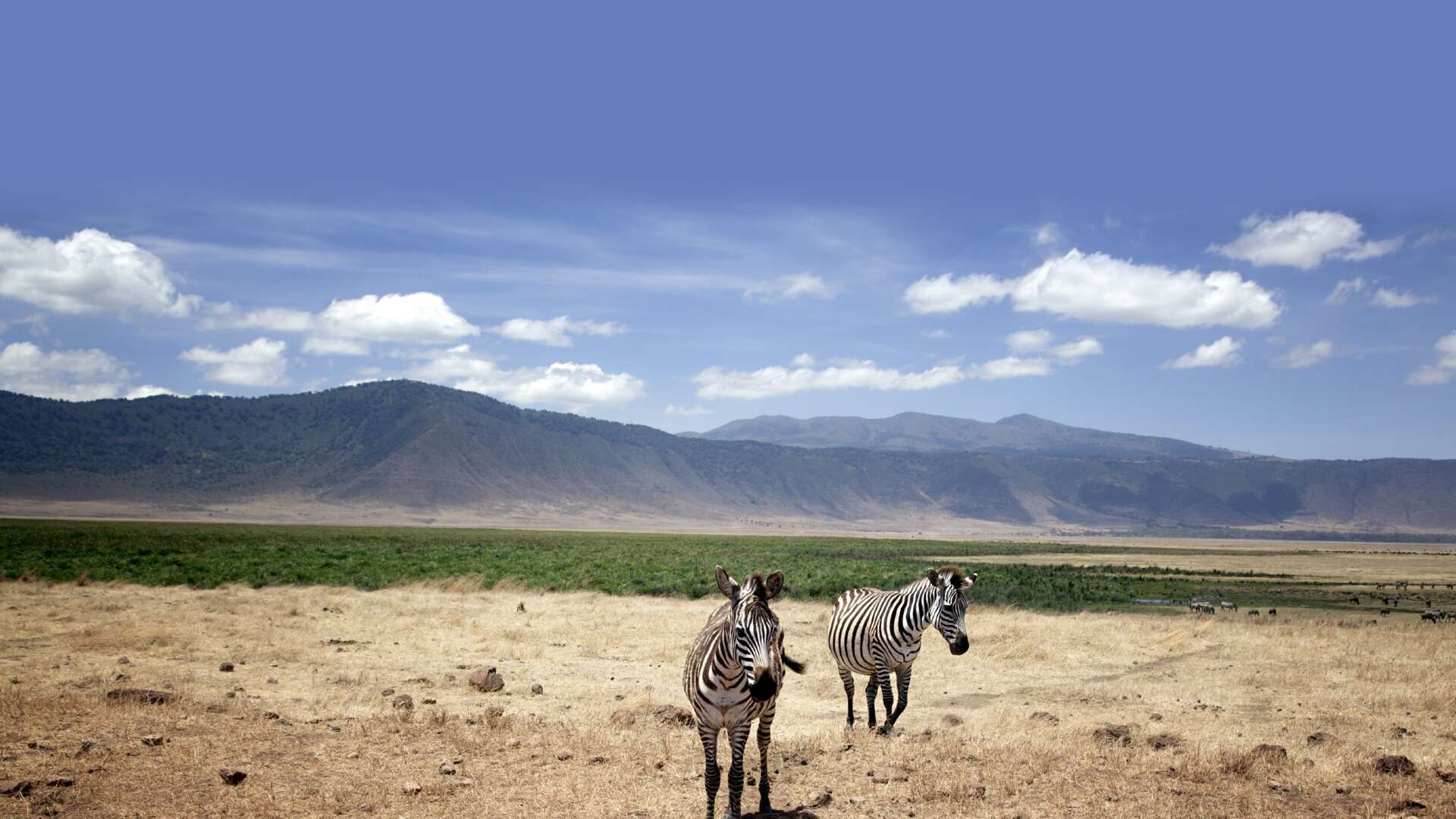
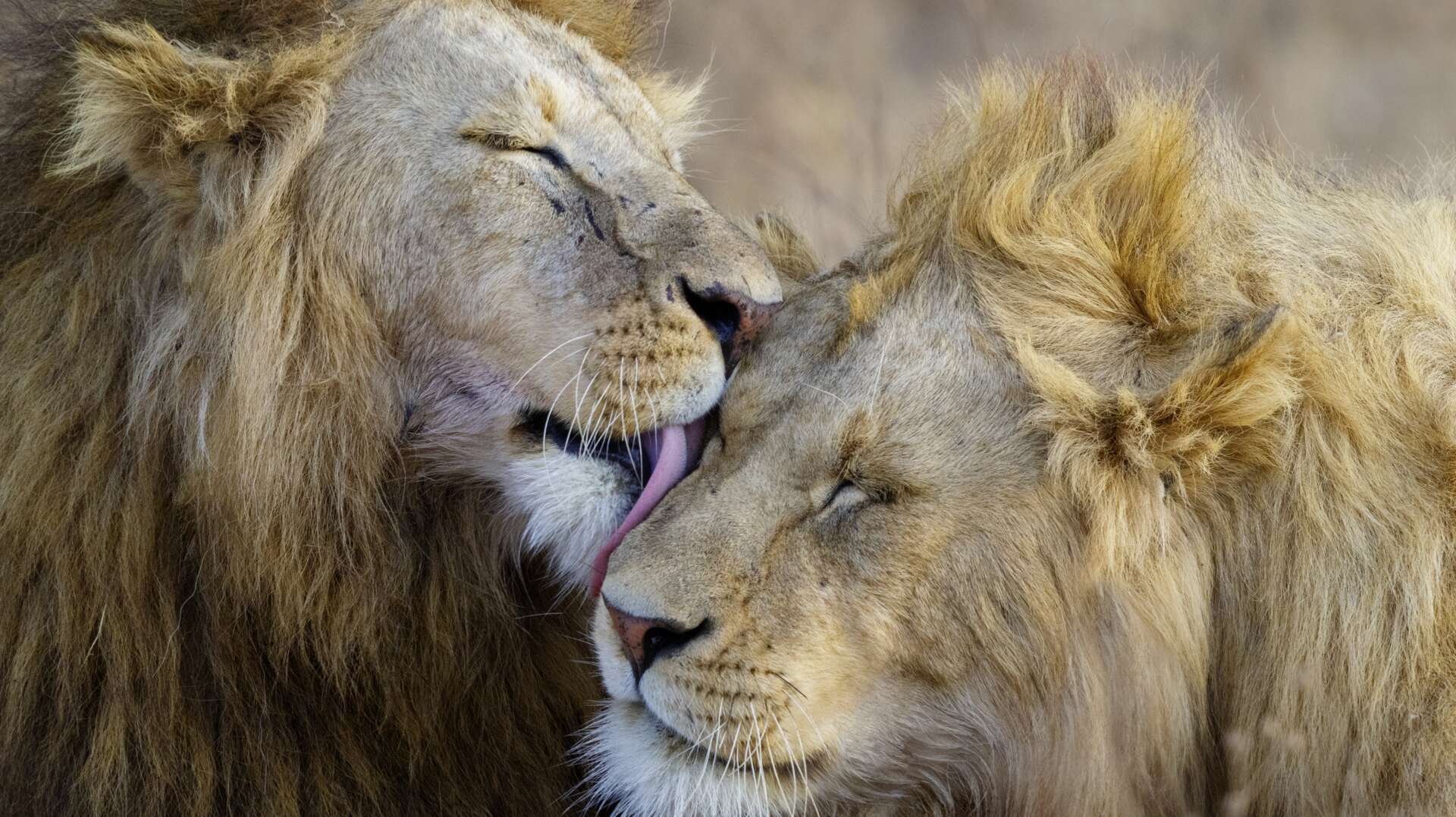
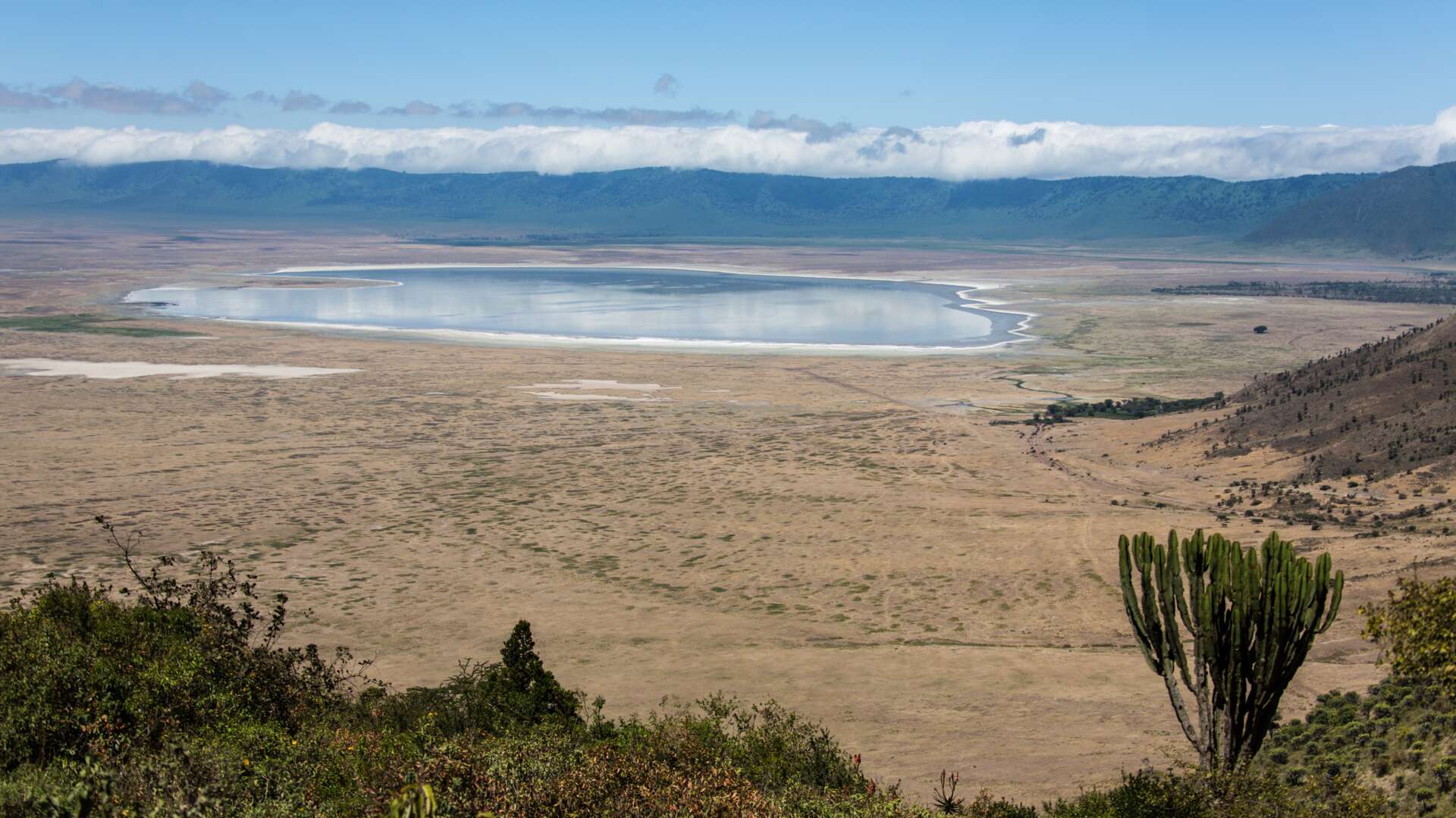
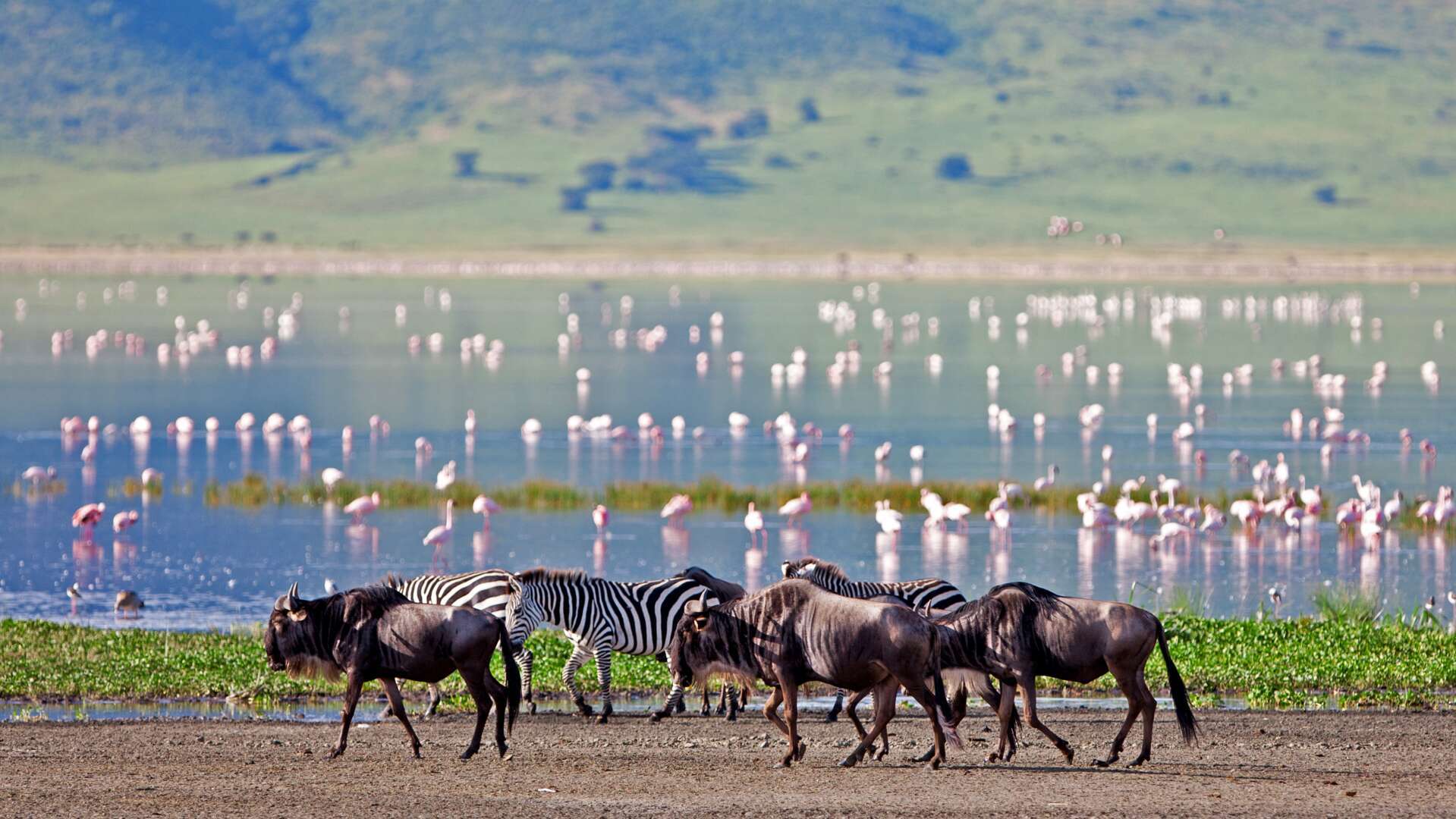
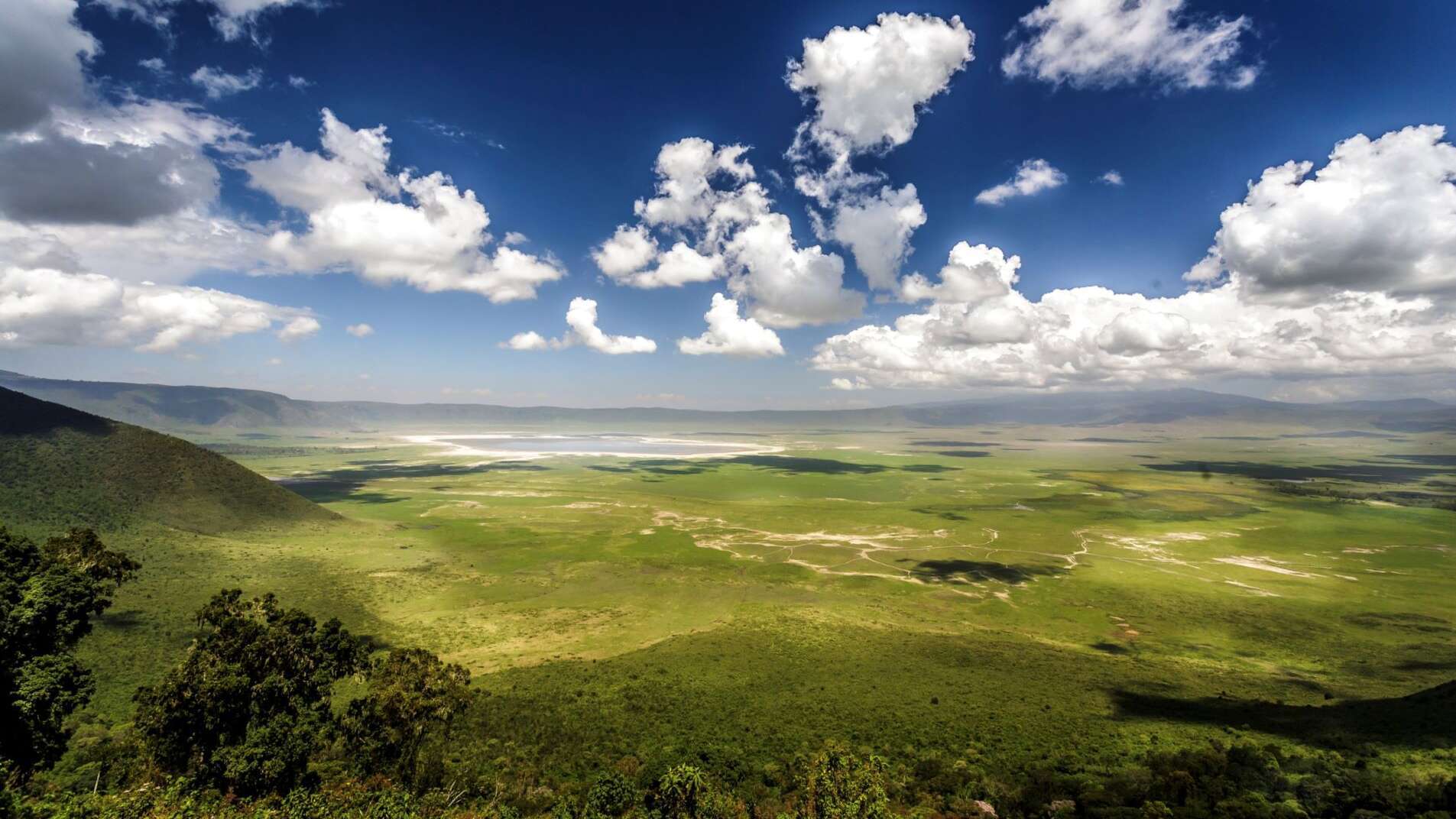
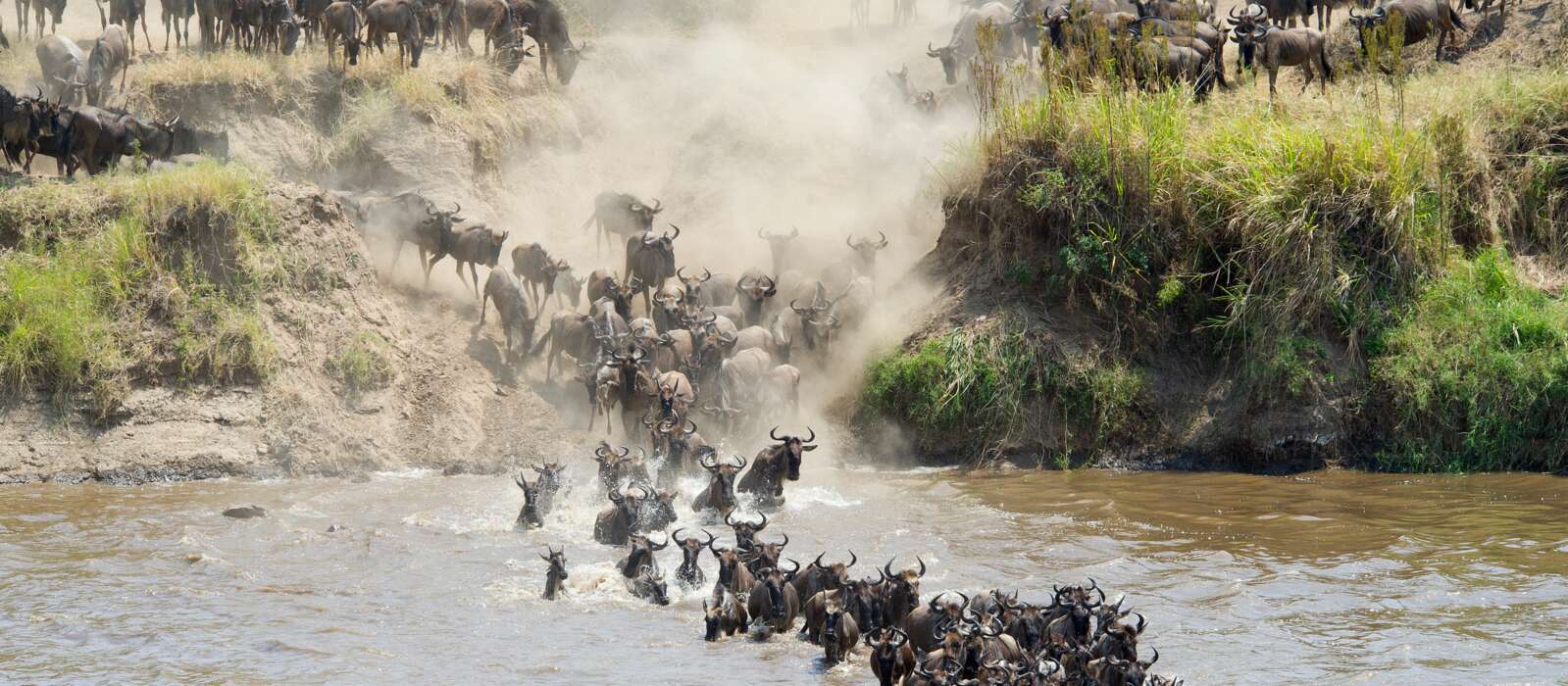
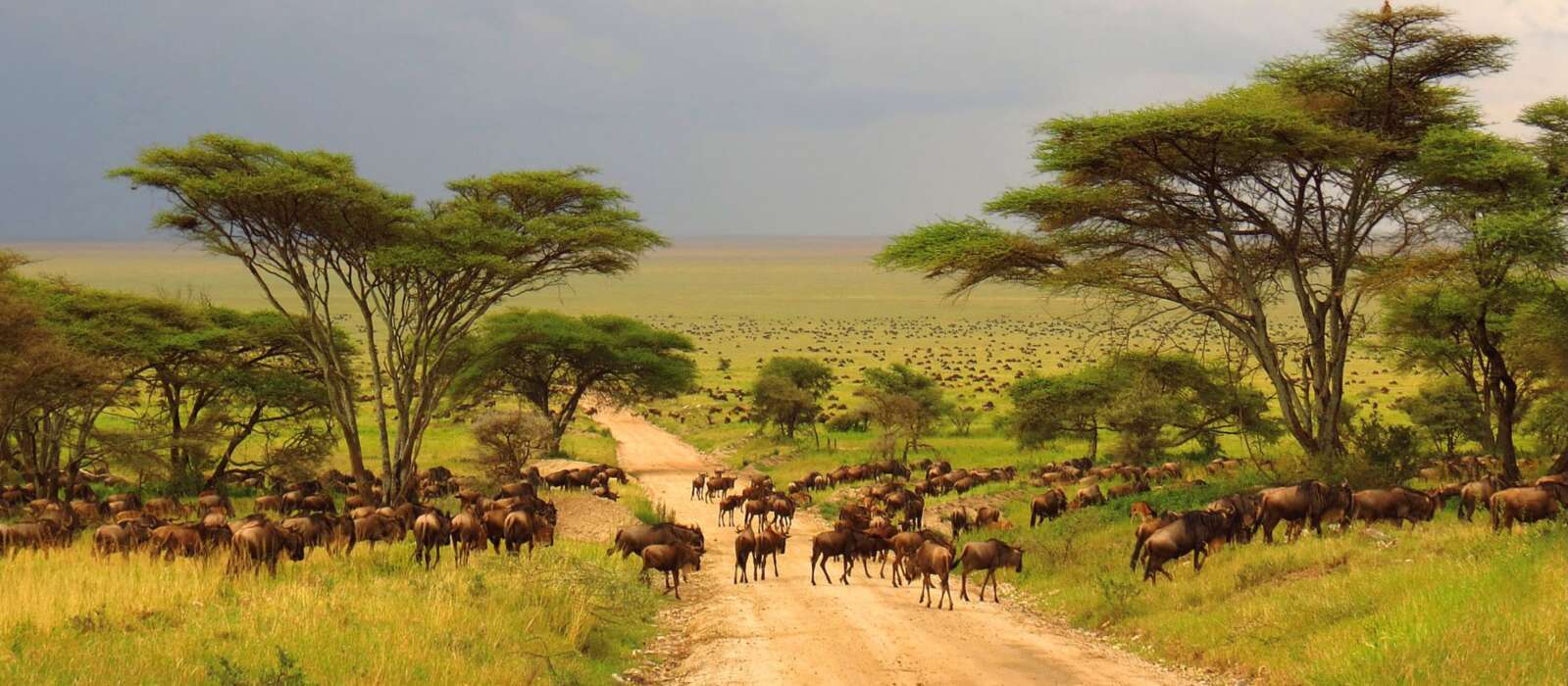
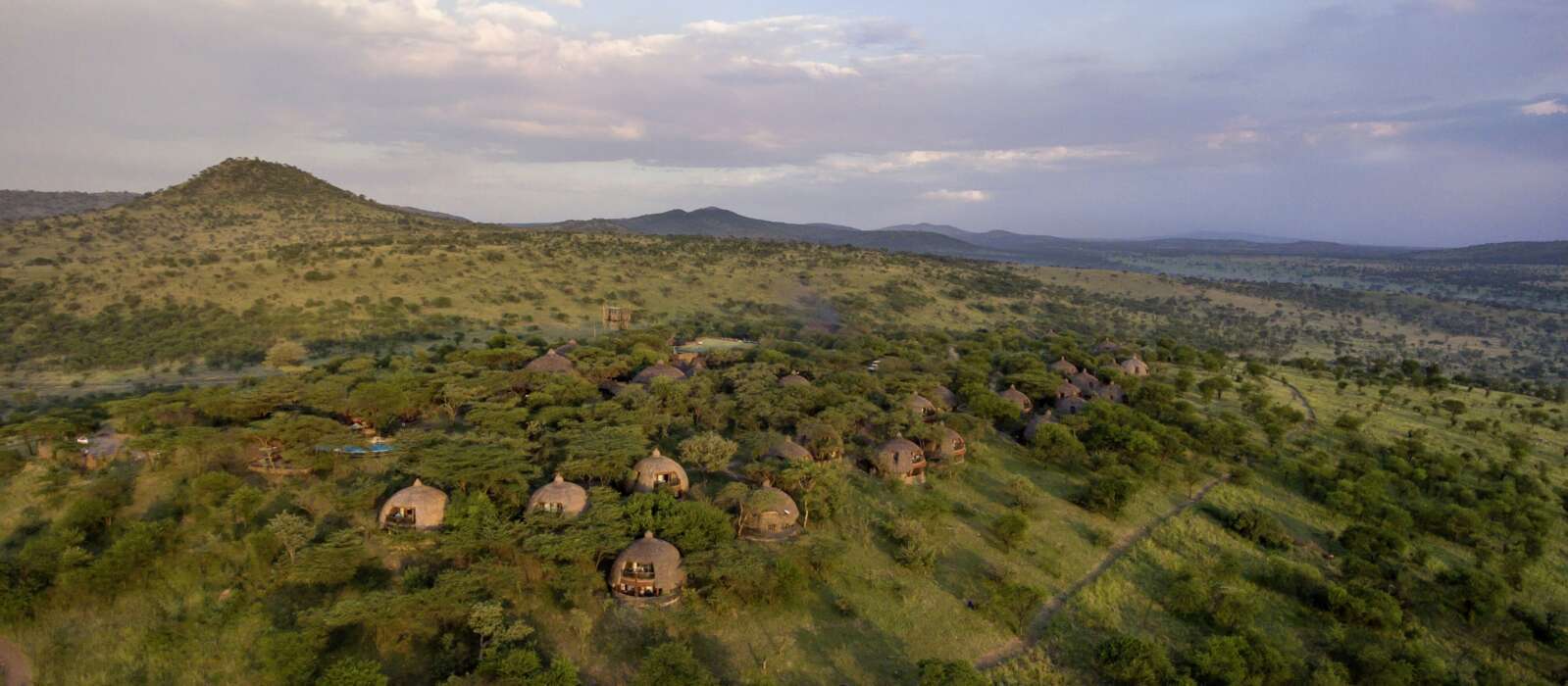
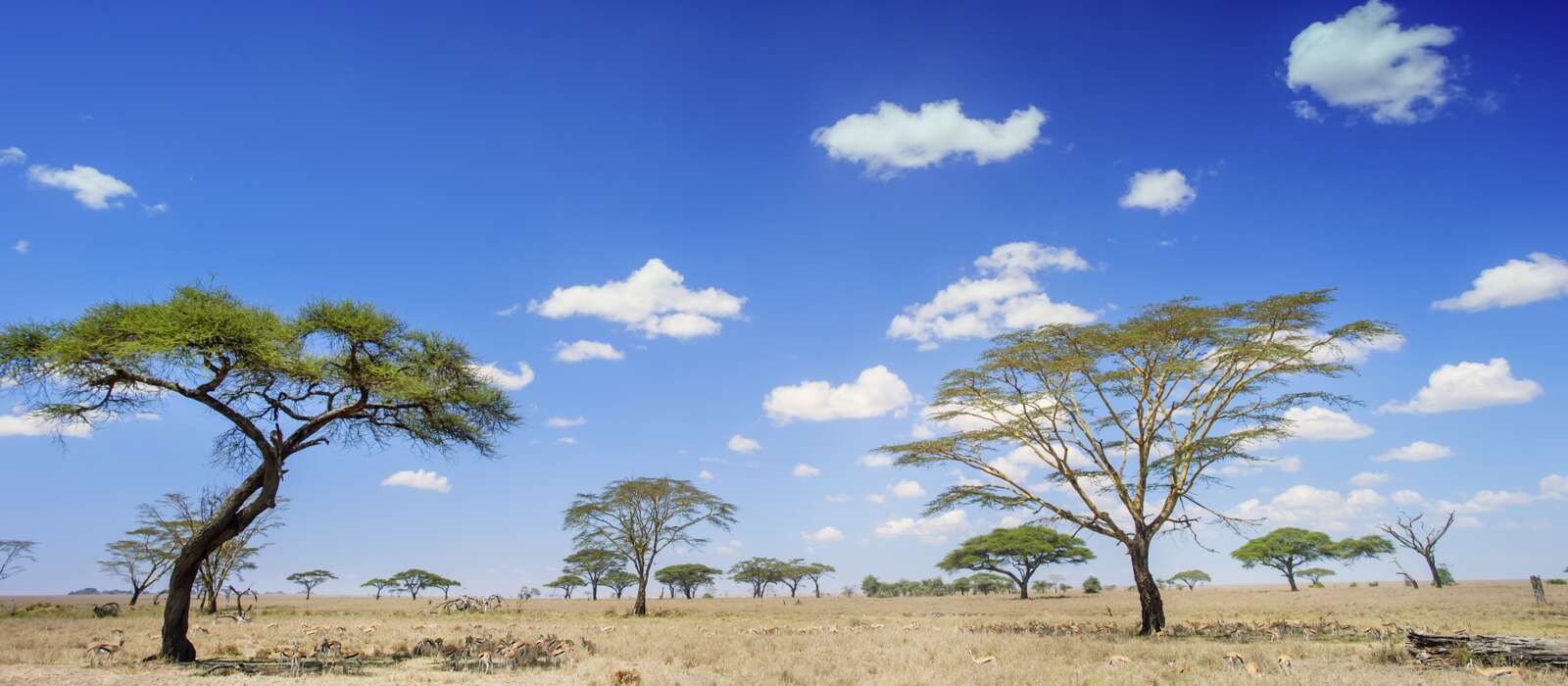
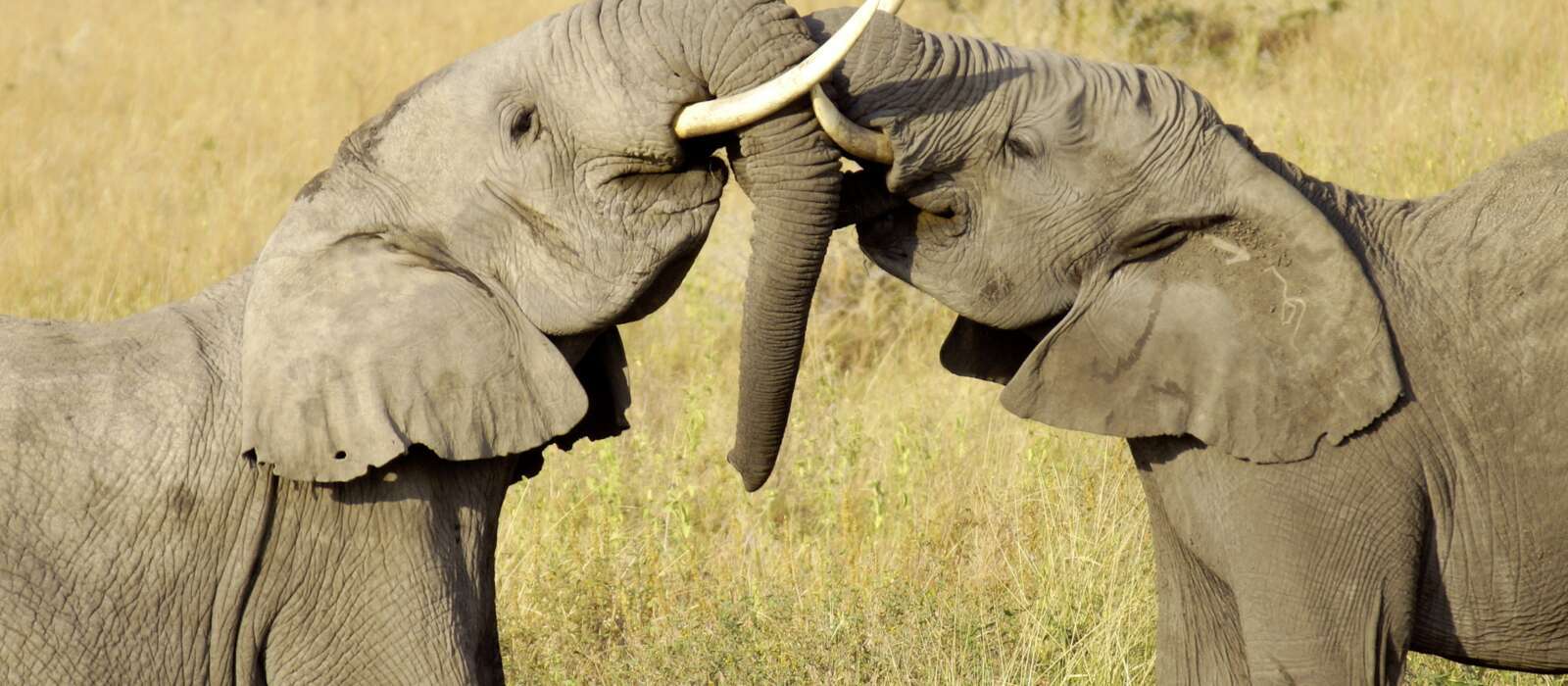
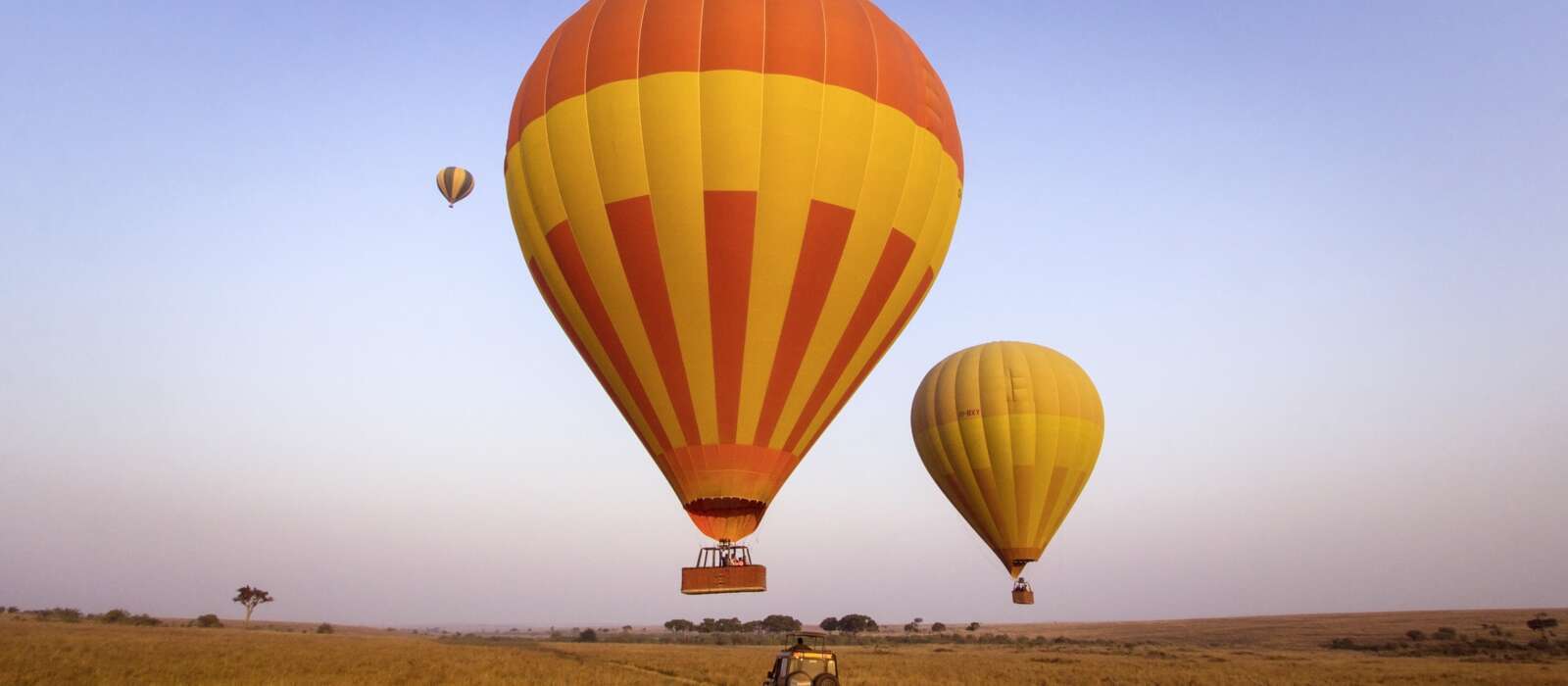
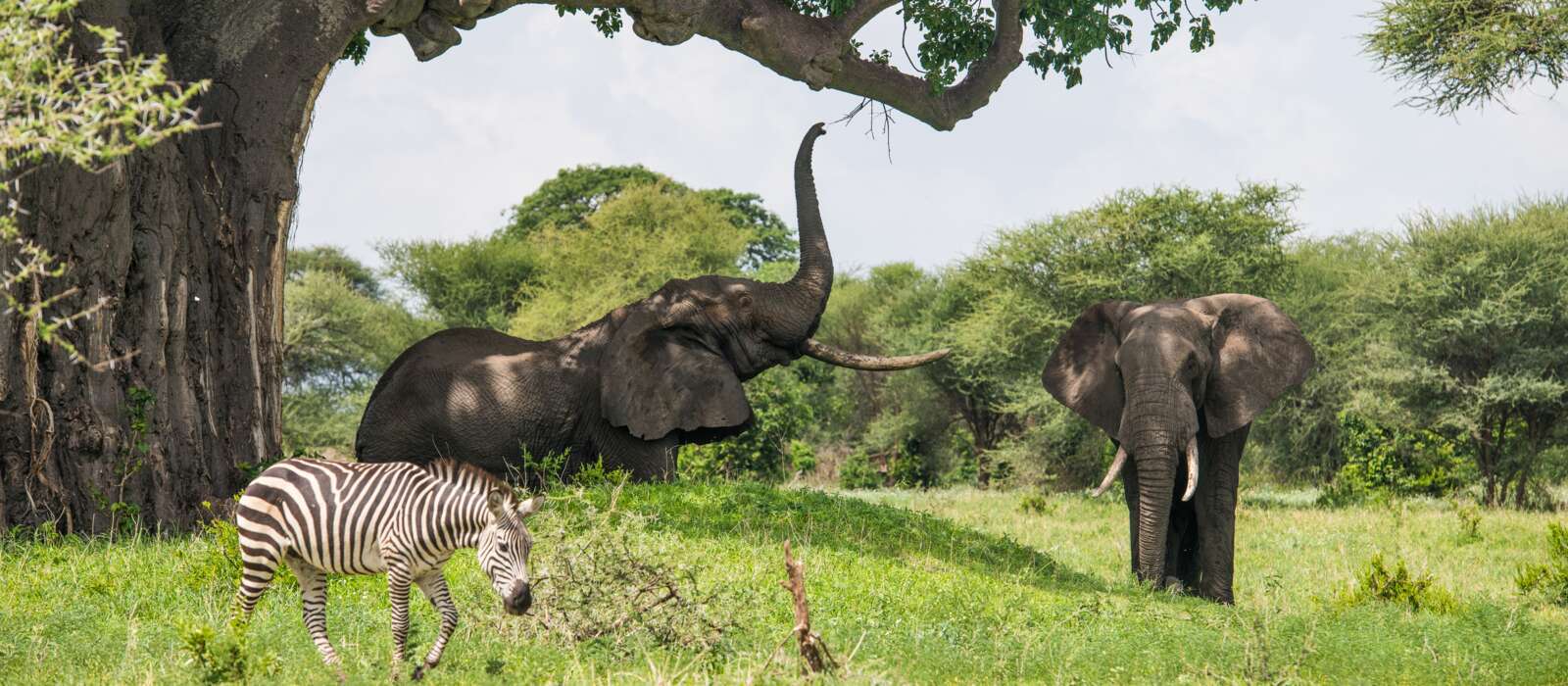

_w=24_h=25.webp?v=afcf7f048304db5a883b6c863bf93cd5a6af4630)
_w=24_h=25.webp?v=afcf7f048304db5a883b6c863bf93cd5a6af4630)
_w=24_h=25.webp?v=afcf7f048304db5a883b6c863bf93cd5a6af4630)